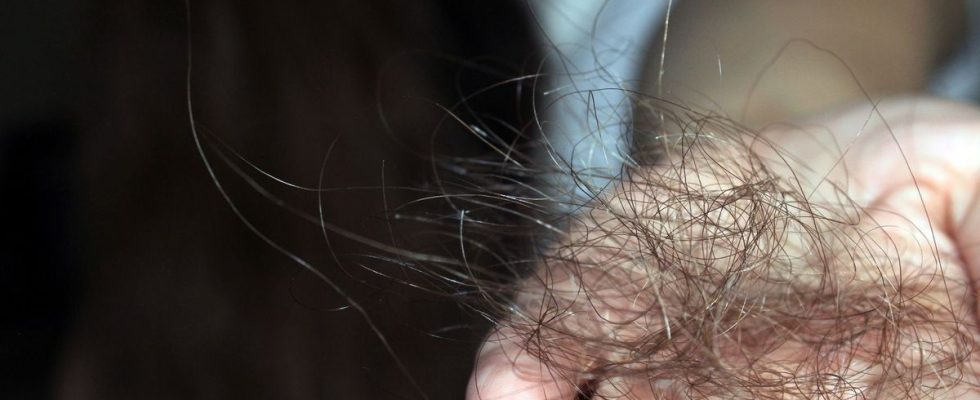Published on
Updated
Reading 2 mins.
Surgeons at a Czech hospital have removed an impressive “ball” of hair from the stomach of an 11-year-old girl. The patient is actually suffering from a rare psychological disorder: trichotillomania.
Twenty centimeters long and 8 centimeters in diameter. If the size of the ball is impressive, it is nevertheless this quantity of hair that a little girl, barely 11 years old, swallowed.
Potentially dramatic consequences
To remove this imposing mass, the Czech doctors had to carry out a laparoscopy, also called laparoscopy – a surgical technique which allows, through a small opening in the wall of the abdomen, to intervene on the organs.
If the young girl is doing well today, the consequences could have been dramatic.
“If we hadn’t removed it, the girl would have been in pain and gradually lost weight. In the extreme case, the stomach wall could have been damaged or even perforated“, confides Matus Peteja, chief surgeon at the Opava hospital (Czech Republic) to AFP.
The patient, aged 11, was actually suffering from an extremely rare psychological illness: Rapunzel’s syndrome or trichotillomania.
“The disease is linked to what is called trichotillomania and trichophagia, which involves pulling and swallowing one’s hair“, specifies the surgeon, before adding that “this syndrome mainly affected girls and young women under the age of 20“.
What is trichotillomania?
It is a behavioral disorder in reaction to poor management of one’s emotions.
Concretely, this syndrome consists in tearing out the hair but also the body hair, the eyelashes or the eyebrows in order to appease an inner tension.
The trichotillomaniac can carry out this gesture in a continuous way or by attack and this one can last more than one hour.
Most often, it takes place, alone, in the evening, after a stressful day or during a moment of boredom or high concentration (in front of a screen for example).
In children, the treatment is essentially psychological: the psychologist will look for family tensions and help the family to resolve them. Tactile and interactive games with the child are also very useful.
When the disorder appears in adolescence, it is preferable to undertake behavioral and cognitive therapy or ACT (Acceptance and Commitment Therapy) to successfully calm down by implementing methods such as mindfulness, meditation… It is also possible to set up alternative movements to reverse habits: for example, touching your earring, your chin, your necklace, your scarf.
